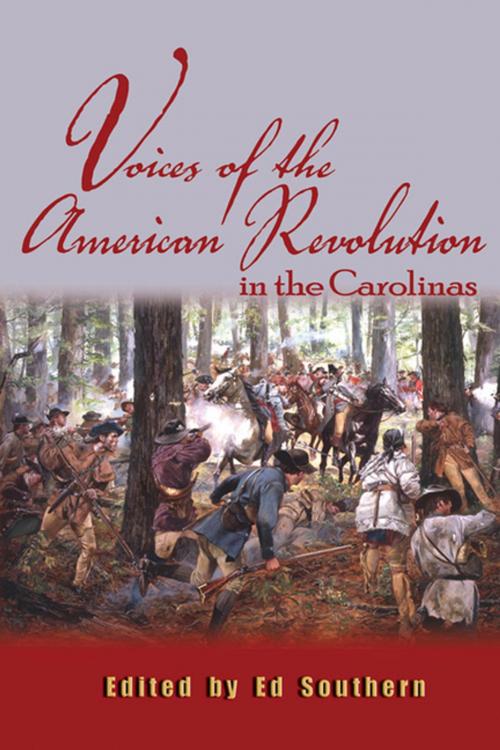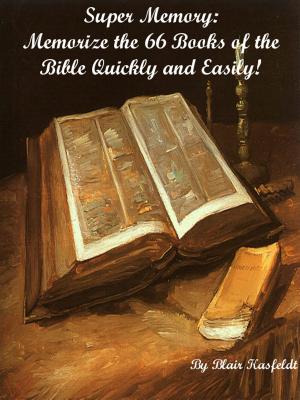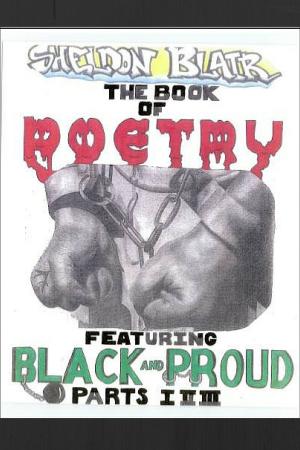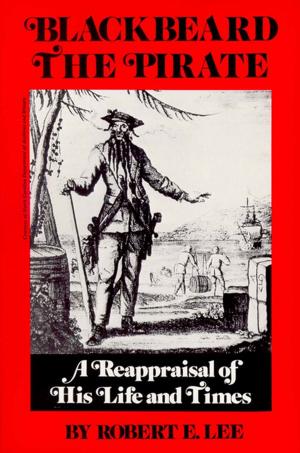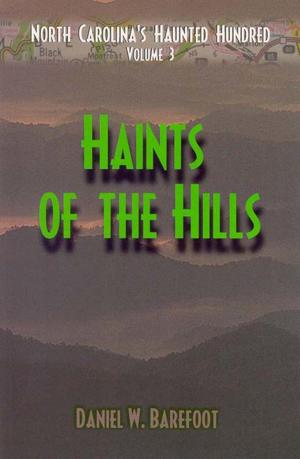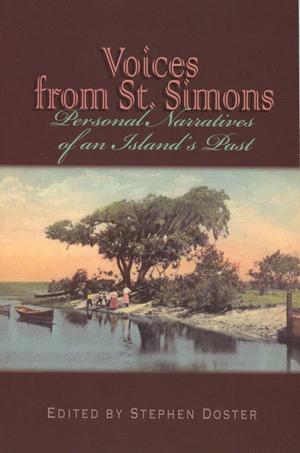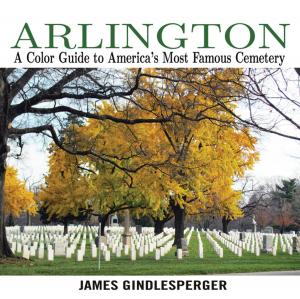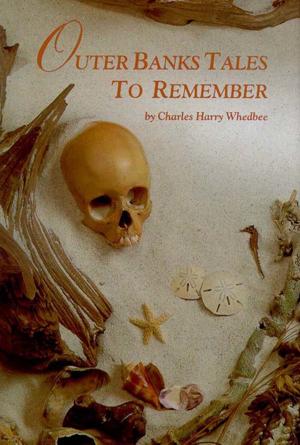Voices of the American Revolution in the Carolinas
Nonfiction, History, Americas, United States, Revolutionary Period (1775-1800), Biography & Memoir| Author: | ISBN: | 9780895874832 | |
| Publisher: | Blair | Publication: | February 1, 2009 |
| Imprint: | Blair | Language: | English |
| Author: | |
| ISBN: | 9780895874832 |
| Publisher: | Blair |
| Publication: | February 1, 2009 |
| Imprint: | Blair |
| Language: | English |
On February 11, 1780, a British army led by General Sir Henry Clinton came ashore on Johns Island, South Carolina. By the end of March, the British had laid siege to Charleston, the most important city south of Philadelphia. By the middle of May, they had taken the city and the American army defending it. On March 15, 1781, that same British army left the field at Guilford Courthouse exhausted, decimated, stripped of supplies and rations, and victorious in name only. Its march away from Guilford Courthouse would end only a few months later at Yorktown, Virginia, where it would surrender. How did this happen? Although historians have debated the causes for centuries, they have often ignored how it felt to live, fight, and survive. What was it like to be British or American, Tory or Whig, regular soldier or militia, partisan, outlaw, or would-be bystander as the two sides (and those who drifted from side to side) went at each other with a fury across the Carolina countryside?
Through the eyewitness accounts of those who fought the battles and skirmishesVoices of the American Revolution in the Carolinas provides the reader with firsthand looks at how it felt. The entries in this volume are taken from first-person narratives by those on the scene, from officers such as Henry Lee and Banastre Tarleton to teenaged scouts such as Thomas Young and James Collins. Some narratives, like Daniel Morgan's report of the Battle of Cowpens, were written immediately or soon after the action; others, like Young's, were written when the boy soldiers had become old men. Some were written (and sometimes embellished) specifically for publication, while others were written as private correspondence or official reports. Some express a great deal of emotion and describe the authors' immediate experiences of war, while others concentrate on logistics, strategy, tactics, and the practical realities of an army battle; some, like Lee's, manage to do both.
The American Revolution in the Carolinas was nasty, brutish, and relatively short, though it must not have felt short to those who lived through it. It moved with a furious swiftness, the center of action shifting from Charleston to Camden, from Charlotte to King's Mountain, and from Cowpens to Guilford Courthouse in a matter of months, weeks, or sometimes days. Accounts that describe what it was actually like at all of these hot spots as well as the events that lead up to the actual fighting are included in this book. Voices of the American Revolution in the Carolinas gives the reader some idea of what it was like to be part of a war when two states were ripped apart but a nation was made.
Ed Southern was a Wake Forest senior studying in London when he walked into the 200-year-old bookshop Hatchard’s and realized how excited the possibilities presented by shelves full of books made him. After graduation, he worked at Reynolda House Museum of American Art. Hanging around after he finished setting up for lectures, concerts, performances, and classes gave him an excellent postgraduate education in the liberal arts, which came in handy later when he dropped out of graduate school. He went to work for one of the major bookselling chains and was a member of the training team sent to open the company’s first store in London, a massive four-story media emporium on Oxford Street. It was a bit like coming full circle, but not quite. A year later, he left the bookstore and went to work for John F. Blair, Publisher, as the sales director. He presently serves as the executive director of the North Carolina Writers Network.
On February 11, 1780, a British army led by General Sir Henry Clinton came ashore on Johns Island, South Carolina. By the end of March, the British had laid siege to Charleston, the most important city south of Philadelphia. By the middle of May, they had taken the city and the American army defending it. On March 15, 1781, that same British army left the field at Guilford Courthouse exhausted, decimated, stripped of supplies and rations, and victorious in name only. Its march away from Guilford Courthouse would end only a few months later at Yorktown, Virginia, where it would surrender. How did this happen? Although historians have debated the causes for centuries, they have often ignored how it felt to live, fight, and survive. What was it like to be British or American, Tory or Whig, regular soldier or militia, partisan, outlaw, or would-be bystander as the two sides (and those who drifted from side to side) went at each other with a fury across the Carolina countryside?
Through the eyewitness accounts of those who fought the battles and skirmishesVoices of the American Revolution in the Carolinas provides the reader with firsthand looks at how it felt. The entries in this volume are taken from first-person narratives by those on the scene, from officers such as Henry Lee and Banastre Tarleton to teenaged scouts such as Thomas Young and James Collins. Some narratives, like Daniel Morgan's report of the Battle of Cowpens, were written immediately or soon after the action; others, like Young's, were written when the boy soldiers had become old men. Some were written (and sometimes embellished) specifically for publication, while others were written as private correspondence or official reports. Some express a great deal of emotion and describe the authors' immediate experiences of war, while others concentrate on logistics, strategy, tactics, and the practical realities of an army battle; some, like Lee's, manage to do both.
The American Revolution in the Carolinas was nasty, brutish, and relatively short, though it must not have felt short to those who lived through it. It moved with a furious swiftness, the center of action shifting from Charleston to Camden, from Charlotte to King's Mountain, and from Cowpens to Guilford Courthouse in a matter of months, weeks, or sometimes days. Accounts that describe what it was actually like at all of these hot spots as well as the events that lead up to the actual fighting are included in this book. Voices of the American Revolution in the Carolinas gives the reader some idea of what it was like to be part of a war when two states were ripped apart but a nation was made.
Ed Southern was a Wake Forest senior studying in London when he walked into the 200-year-old bookshop Hatchard’s and realized how excited the possibilities presented by shelves full of books made him. After graduation, he worked at Reynolda House Museum of American Art. Hanging around after he finished setting up for lectures, concerts, performances, and classes gave him an excellent postgraduate education in the liberal arts, which came in handy later when he dropped out of graduate school. He went to work for one of the major bookselling chains and was a member of the training team sent to open the company’s first store in London, a massive four-story media emporium on Oxford Street. It was a bit like coming full circle, but not quite. A year later, he left the bookstore and went to work for John F. Blair, Publisher, as the sales director. He presently serves as the executive director of the North Carolina Writers Network.
